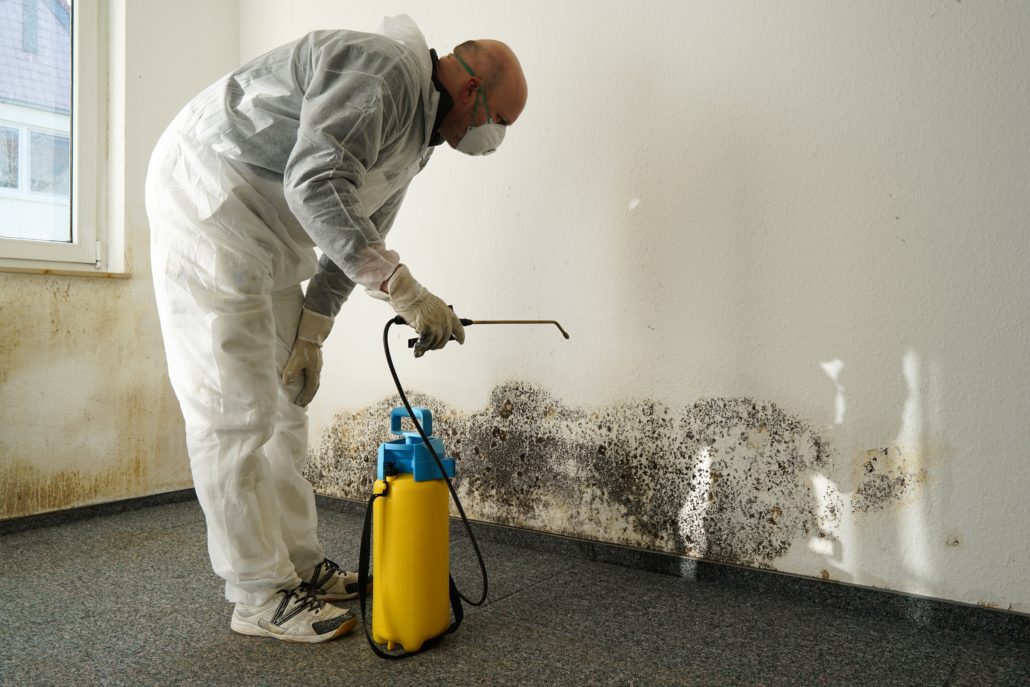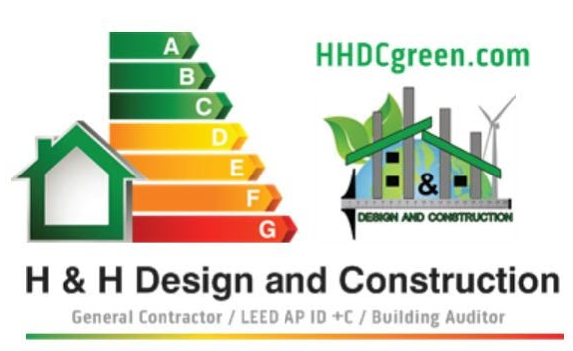Every year, thousands of senior citizens suffer falls at home. Many are seriously injured and some are disabled. According to the Center for Disease Control and Prevention (CDC), in recent years, approximately 27,000 people over 65 died due to falls; 2.8 million were treated in emergency rooms for injuries related to the fall, such as fractures, and head injuries, and approximately 800,000 of these patients were subsequently hospitalized. Frequently, these falls are caused by risks that can easily be corrected.
Certain modifications in the home will allow them to be more accessible, safe and healthy for all ages and especially for the elderly.
This list will help you identify and correct some of the risks that may be present in your home & help prevent critical elements that can cause falls at home:
- Make sure floors are level and do not have detached transition moldings.
- Remove area rugs or use a tape with adhesive on both sides or with Non-slip reverse to prevent slipping.
- Roll up or glue the cords and cables to the base of the wall so you don’t trip over them.
- Move furniture from the circulation (walking) area.
- Remove everything that is lying on the floor leaving it clear.
- Repair loose or uneven steps.
- Install a light on the stairs to have enough lighting.
- Make sure the carpet is firmly attached to each step or remove the carpet and stick non-slip rubber strips on the steps.
- Secure loose handrails or install new handrails on both sides of the stairs and make sure they extend all along them.
- Place a non-slip rubber mat or self-adhesive strips in the bathtub or shower floor.
- Install enough clear lighting throughout the house, especially at the entrance.
- Change all round door handles to the style of lever handles.
- Install sensor light in the room and bathroom areas.
- Consider a universal design. Universal design has been defined as building environments that are accessible by anyone regardless of their physical limitations or disabilities.
- Replace the bathtub with a walk-in shower, which provides much easier (and safer) entry and exit than a bathtub.
- Install bars to stand in the shower and near the toilet.
- Replace standard toilet for a raised toilet seat to make it easier for aging adults to go to the bathroom independently.
- Incorporate shower chairs. Using a shower chair or bath chair helps to increase safety by decreasing the chance of you falling by providing a secure area in a slippery shower or bath.
During this month of September, dedicated to healthy aging, we must raise awareness of the importance of creating healthy and safe environments not only for our elderly family, but also for all occupants.
For more information or adaptation of your property with a Universal design, please send an email to info@HHDCgreen.com.
By: Maria M Hernandez
Specialist in Eco-friendly, universal, efficient and healthy buildings



 Did you know that, people spend 90% of their time inside a building? If we add together all the hours we spent sleeping, working in offices or at school people on average spend the vast majority of their time inside a building where they are constantly exposed to indoor air pollutants. The US Environmental Protection Agency, estimates that the average person receives 72 percent of their chemical exposure at home, which means that special place that you consider the safest has the great potential of hazards for your health. In fact, indoor air can be 2 to 5 times more polluted – and in some cases 100 times more polluted – than outdoor air.
Did you know that, people spend 90% of their time inside a building? If we add together all the hours we spent sleeping, working in offices or at school people on average spend the vast majority of their time inside a building where they are constantly exposed to indoor air pollutants. The US Environmental Protection Agency, estimates that the average person receives 72 percent of their chemical exposure at home, which means that special place that you consider the safest has the great potential of hazards for your health. In fact, indoor air can be 2 to 5 times more polluted – and in some cases 100 times more polluted – than outdoor air.
